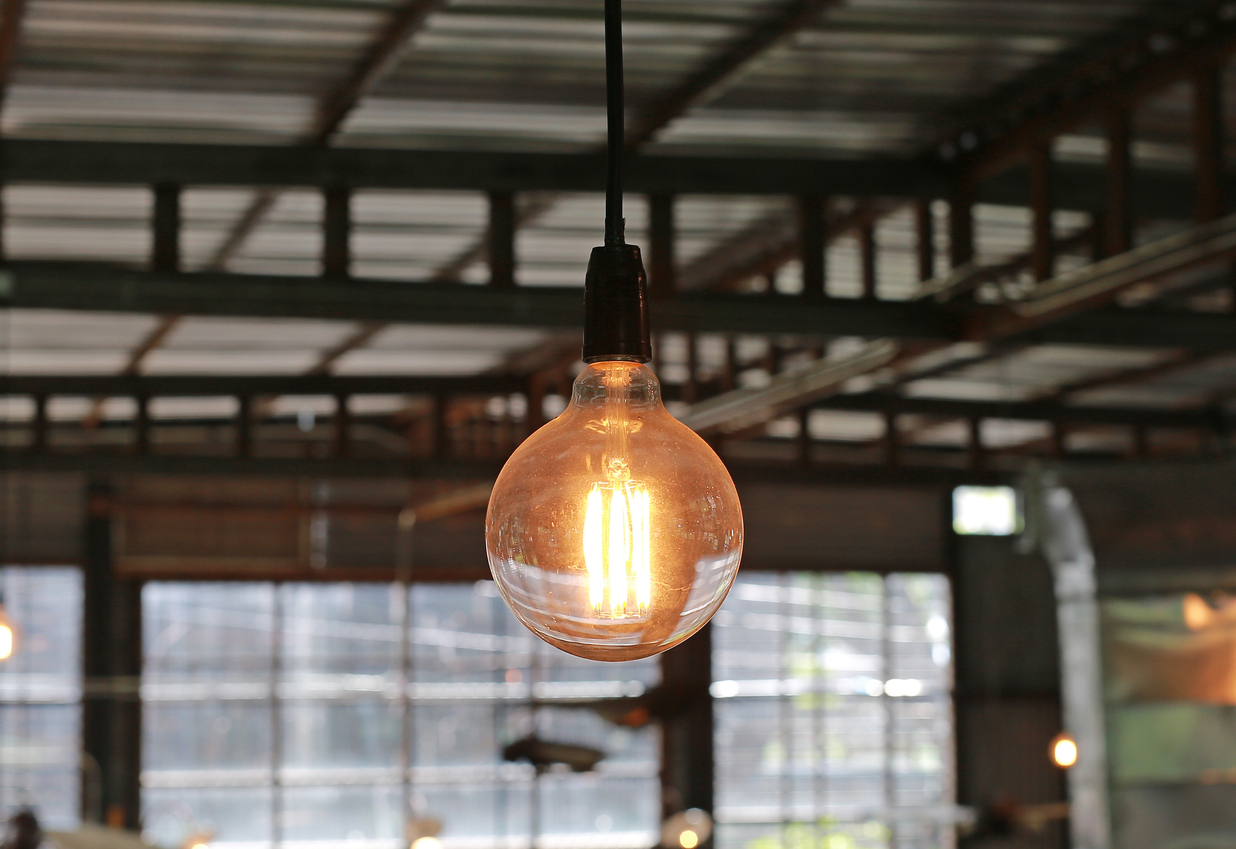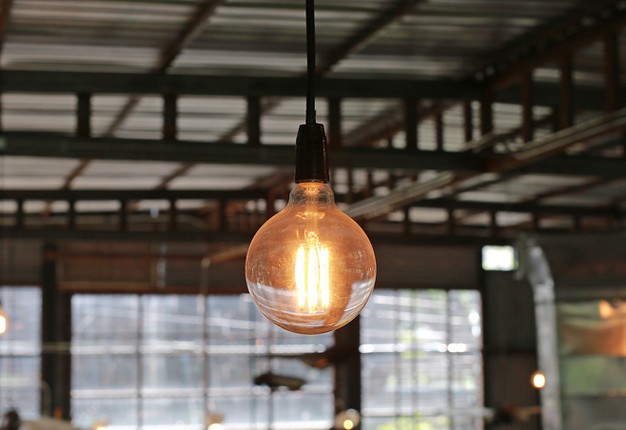As a restaurant owner/manager, you accept that there are some fixed operating costs. Lot rent, electricity, water, sewer, staffing costs, etc. all are things you cannot avoid.
Once you have established operational hours, electricity costs should remain relatively fixed, or at least one would logically assume so.
However, in many cities across the United States, this is not the case thanks to demand charges. These charges can greatly affect your restaurant.
In fact, we here at GWT2Energy are intricately familiar with energy costs in restaurant settings and what practices can be implemented to save your bottom line. We have experience working with clients in cities that employ demand charges and fighting for restaurants specifically to help negotiate rates beneficial to our clients.
What Is A Demand Charge?
To understand how demand charges effect restaurants, it is important to understand what they are, how they work, and why energy providers use them. Understanding how and why you are billed helps you prioritize which measures to implement to save you energy in the long run.
Energy companies bill in two ways: meters and demand charges. You are likely most familiar with metering, where every month someone comes to read your meter to determine how many kilowatt hours (kWh) you have used during your billing cycle.
However, not all energy consumed is billed to you at a flat rate. During peak hours, when more people are using energy on the grid, power companies utilize demand charges. Any power used during this time is charged an additional fee: you pay more for power used during peak hours than at other points during the day.

Demand charges are based on kilowatts (kW) consumed. During peak hours when demand is higher, you will pay more for energy consumed during this time.
So, depending on how your rates are structured, demand charges can make a significant portion of your energy bill – up to 30%, actually.
Demand Charges And Restaurants
Demand charges are most frequently enacted later in the evenings when most people are home and drawing power from the grid. Commercial customers often require a lot of power, but not consistently through the day. Thus, the power company must install additional infrastructure to be able to meet the periodic demand in that particular area.
These charges often disproportionally affect restaurants. Due to the nature of the equipment inside, restaurants are an energy sink. Depending on the type of the restaurant, you may be drawing large loads of energy throughout the day.
Demand charges are frequently charged to restaurants based on the sheer amount of kW consumed.
How You Can Apply This Information
While not openly advertised, demand charges are not always a static rate. Obviously, electric companies are not going to tell you this.
In addition, you can work with the knowledge you have and implement operational practices that lower your demand usage, potentially keeping you out of demand charge territory for part of your operational hours.
However, without an intimate knowledge of these ins and outs, city ordinances, and energy company regulations, you may not know how to best lobby for your restaurant’s bottom line.
The best way to understand how demand charges impact your electric bill and what you can do to reduce that impact is to hire an experienced energy consulting service that specializes in the restaurant industry.
GWT2Energy is that service. With over 20 years of experience, we can help you save up to 25% on your energy costs by creating a customized plan specific to your restaurant(s). We promise to provide solutions for your problems while focusing on rapid response with a personal touch.
For more information about what we can do for you, contact us today! We are waiting for your call!




